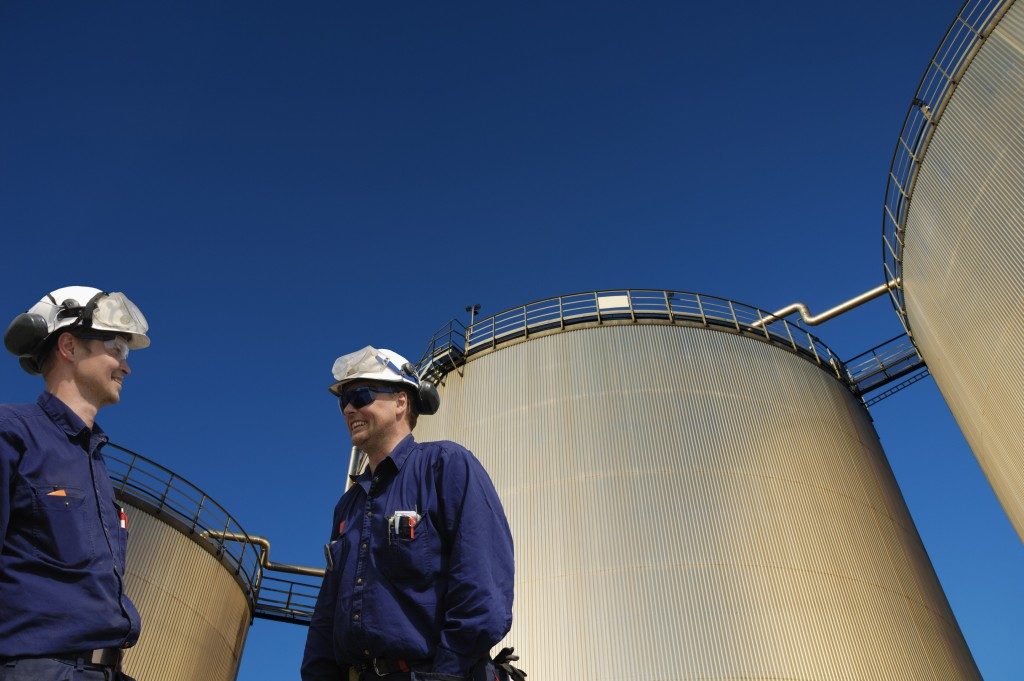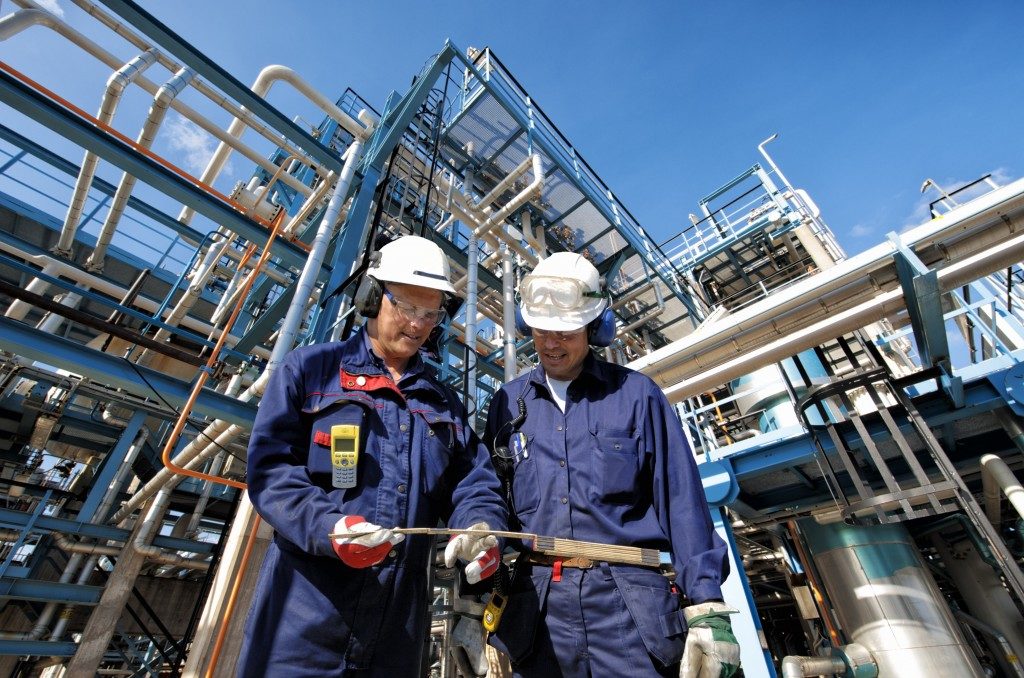The oiling industry receives hundreds of global investments as companies focus on oil production and exploration. Starting entrepreneurs and successful business owners are trying to get into the industry for its potential benefits and returns. Fortunately, the lucrative business provides people with a lot of ventures to explore that can tie them directly to oil production.
Many manufacturing companies in Oklahoma and other states provide downhole drilling tools, which is an excellent example of a business setup trying to benefit from the demand for oil. If you are trying to find a way into the oiling industry, opening an oilfield equipment rental company is a good start. However, you need to familiarize yourself with the necessary tools for the job.
To help you get started, here are five of the essential drilling types of equipment required in the oilfield.
Stabbing Guides
Drilling holes into the ground without a guide is a severe threat to the oil extraction business. If improperly aligned, drilling equipment may cause unnecessary damage. Hitting pipes may cause explosions and severe drilling tool damage, which will have a drastic impact on the project.
Stabbing guides provide workers with an accurate target when drilling. These include helping in aligning pins to box threads, ensuring safe connections. These can also help avoid corrosion and protect drills from extreme temperatures upon impact. Stabbing guides has a feature that improves pipe-handling safety, which would lower damage risks on the tube threading.
Sand Pumps
There are several pumps needed in oilfield drilling. A sand pump is among the most common drills, but is more known for its ability to remove deposits from the drilling site. You can find sand pumps in fluid or oil tanks that have sand. The sand pump rotates on a central axis because of a grooved disk. The drilling tool is essential because it can maintain the cleanliness of tanks. It can move sand and other unwanted particles away from the oilfield with ease.
Shale Shakers
Shale shakers help remove mud from cuttings, which is a critical part of the control system and solids separation. These also use the separated clay to help cool the drill bit after intense work. Separating mud will help lower risks of environmental damage and drilling costs. When drilling fluids are managed appropriately, drillers will be able to use downstream drilling tools easier afterward.
Mud Cleaners
Mud can help the drill bit cool down. Before you use clay, you need to make sure that it is clean. Mud cleaners help drillers avoid using thick mud, which will slow down the drill. It processes mud through hydro cyclones, which cleans the particles. The equipment also has mesh filled with small holes to prevent solid particles from containing the clay. Mesh allows particles like barite, which is useful in thick drilling solutions, mix with the mud. Mud cleaners enable drillers to repurpose resources to other projects.
Degassers

Air and gas need to be eliminated from the drilling fluids after dealing with solids. Degassers will help remove carbon dioxide, methane, hydrogen sulfide, and other gases that can cause damage and explosions in the oilfield.
Vacuum and atmospheric degassers have different uses. An atmospheric degasser can spread fluids using a propeller, which helps release trapped gas. Vacuum degassers, meanwhile, will decrease pressure inside the drilling equipment to separate gases from the mud.
Oilfield drilling requires a lot of equipment, but the five tools stated are crucial in every project. To help make the oilfield work safer and more precise, you should have these tools in your oilfield equipment rental company.

